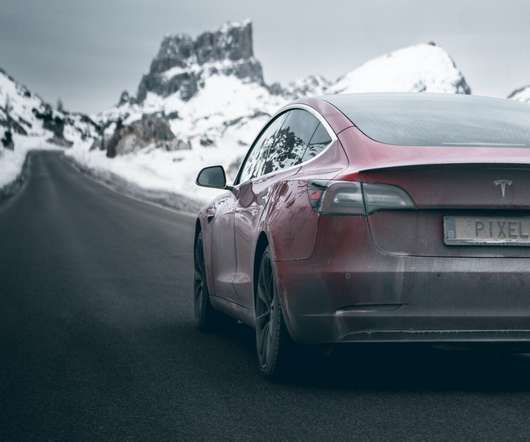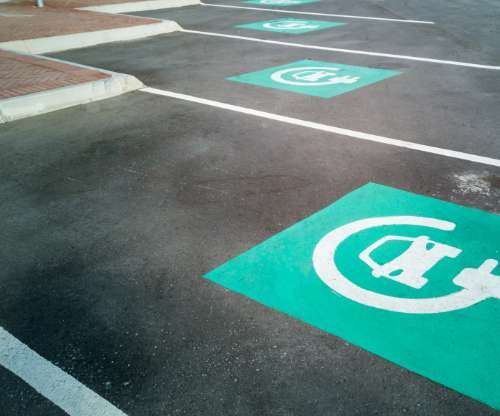How To Survive the Winter Driving an EV
Clean Fleet Report
JANUARY 4, 2023
Tips for Electric Cars To Navigate the Cold Stuff. Electric vehicles are becoming increasingly popular, but they can pose some challenges in the winter. Here are some tips on how to keep your EV charged and running smoothly during the colder months. Keep an Emergency Kit in your Electric Vehicle. Keep charged.

















Let's personalize your content